One of the projects followers of my recent updates will recognise is the Chinese ancients I’ve been working on. I’ve now completed one of the armies in this project, the Qin. This serves as my October update as my hobby supplies were all packed away for most of the month due to selling the house. I managed to tackle the last of this army in the past week now the house is sold and I’ve been able to unpack some of my supplies. Hopefully there’ll be plenty of painting again in the month to come, but things will be busy preparing for the move.
At this point I’ve gone for a reasonably minimalist approach with each unit being a 40mm frontage base. Long term I may expand these into larger frontages, but I’m reasonably happy with how the smaller bases have come out, and this way I can produce a wider range of armies. I have lists planned for the Warring States period, as well as the Early Imperial, so plenty of potential for variety.
The Qin were once just a small state on the fringes of Chinese society, thought of as little better than the barbarians they bordered. Through a series of sweeping social and military reforms known as Legalism, the state developed a centralised, meritocratic system of social order from the bottom to the top which propelled this uncultured upstart into becoming one of the most powerful states in the region, and eventually becoming the state that unified China into a single, centralised Empire. The name China comes from the Qin, as in English it sounds like “Chin”.
This army list gives me a variety of configurations to choose from to play out different periods from their rise to power, through to their rapid downfall after the death of the first Emperor.
I fear the light is against me these days, and the photos are taken with a camera phone just, so forgive the quality. One of these days I’ll get a proper camera (or better phone) and take a bit more care over the photos. Probably. The figures are all 10mm from Newline miniatures.
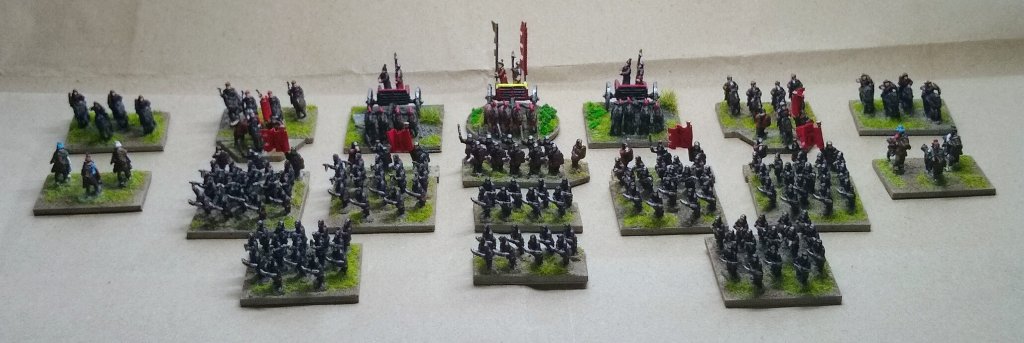
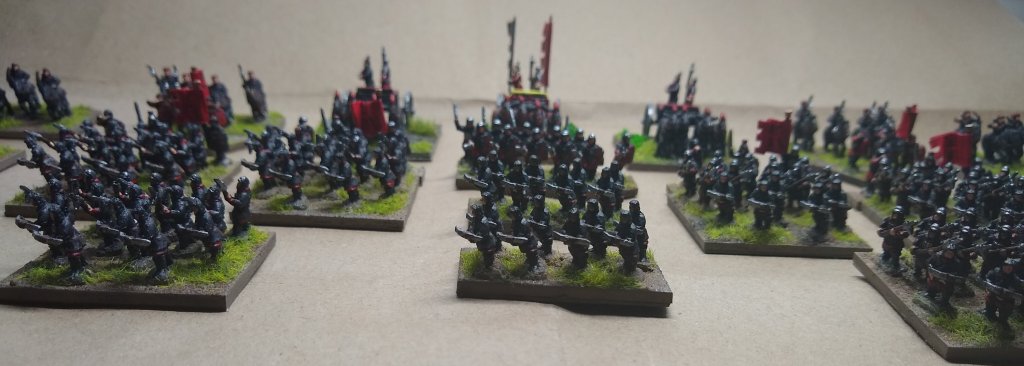

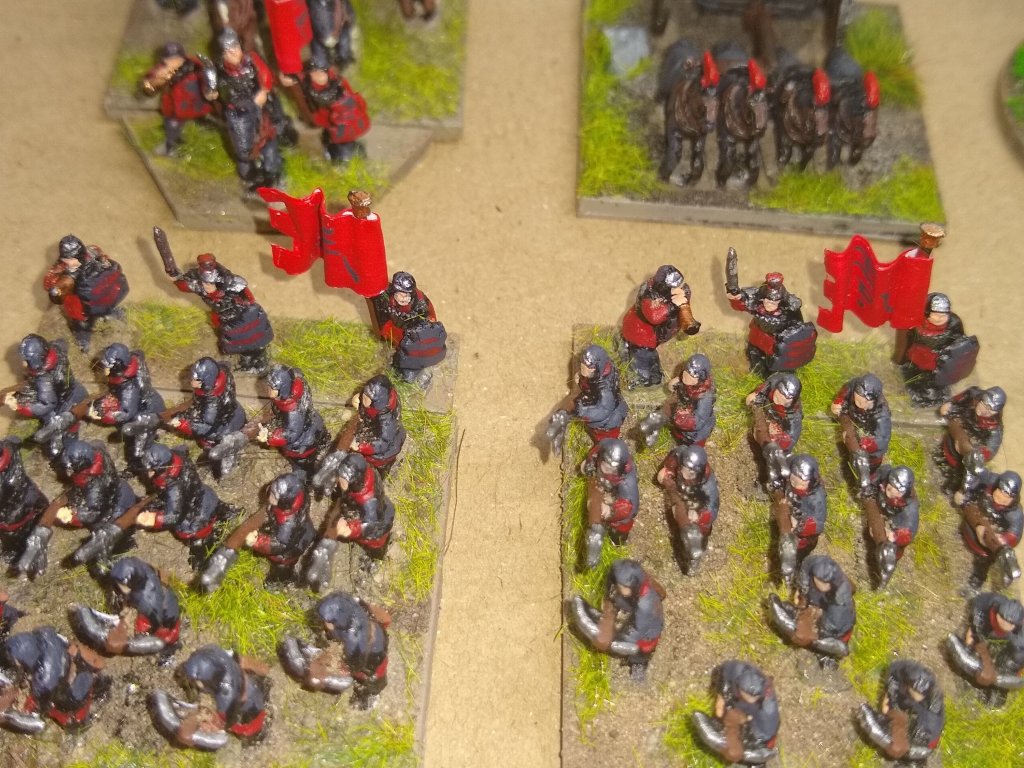



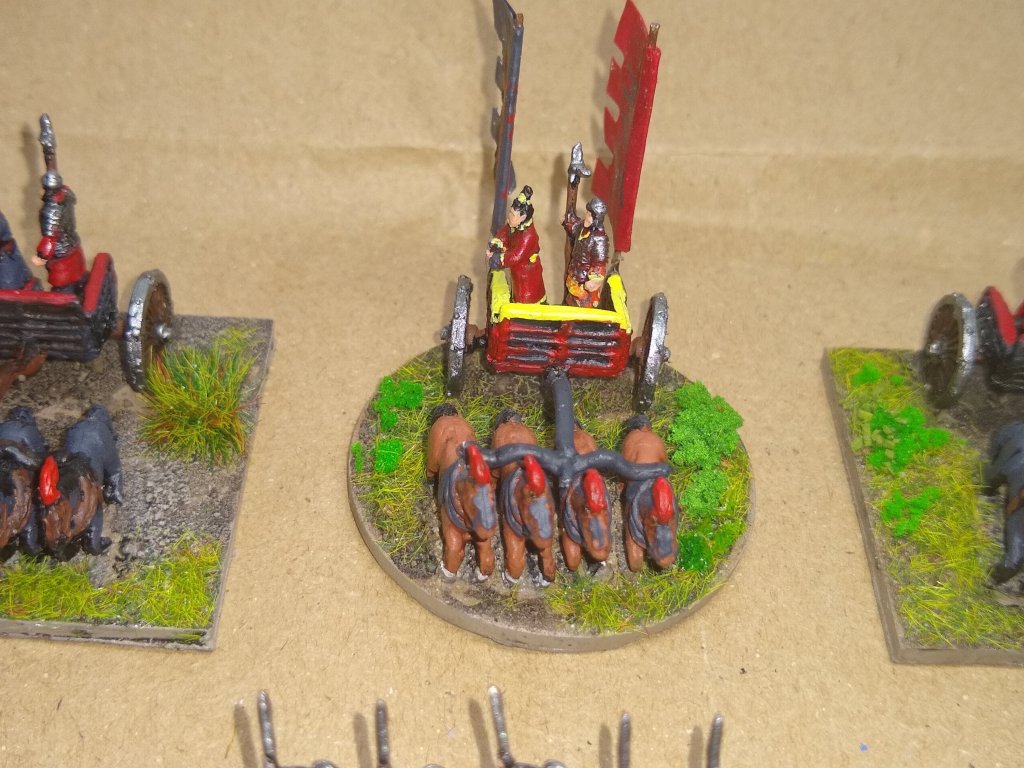
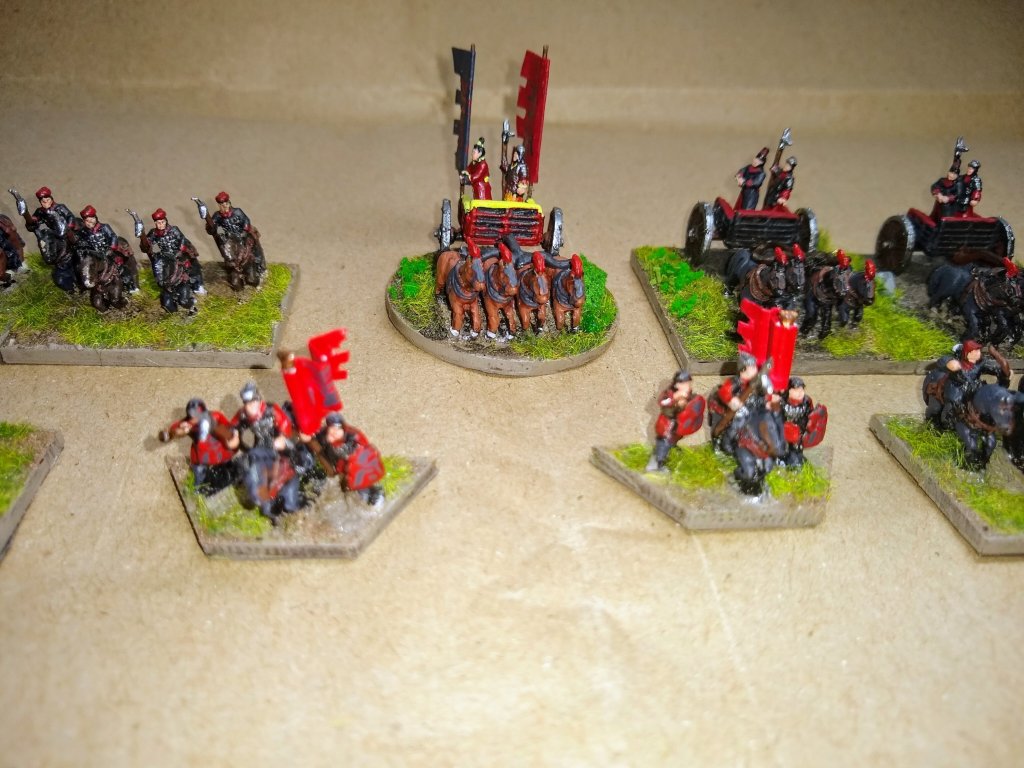
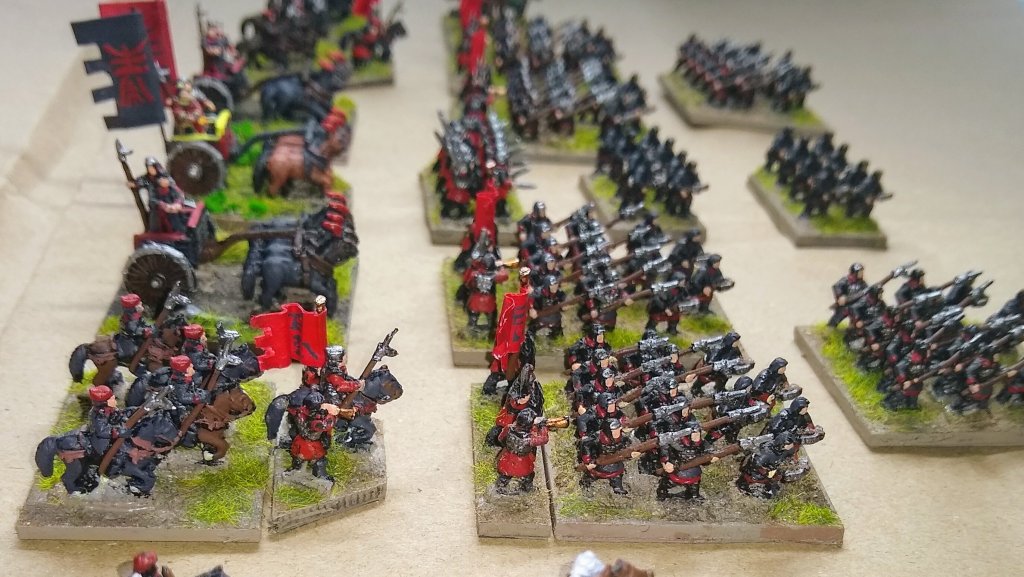
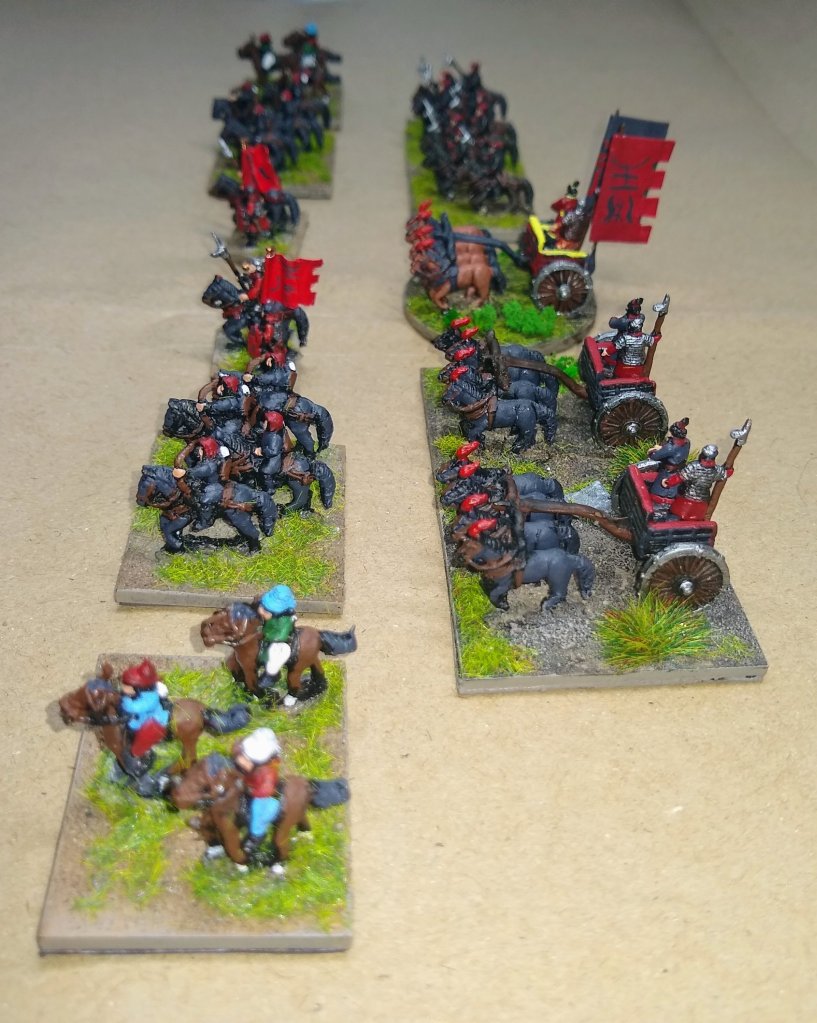
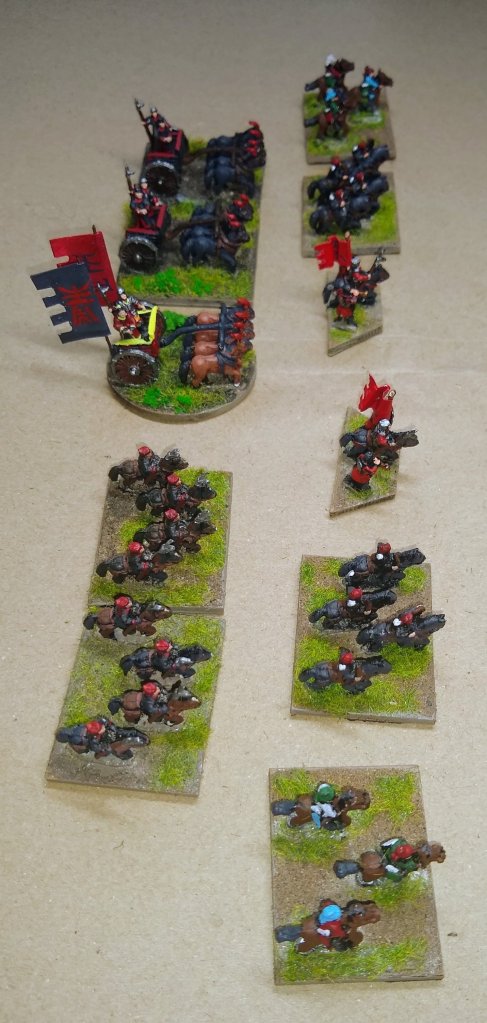
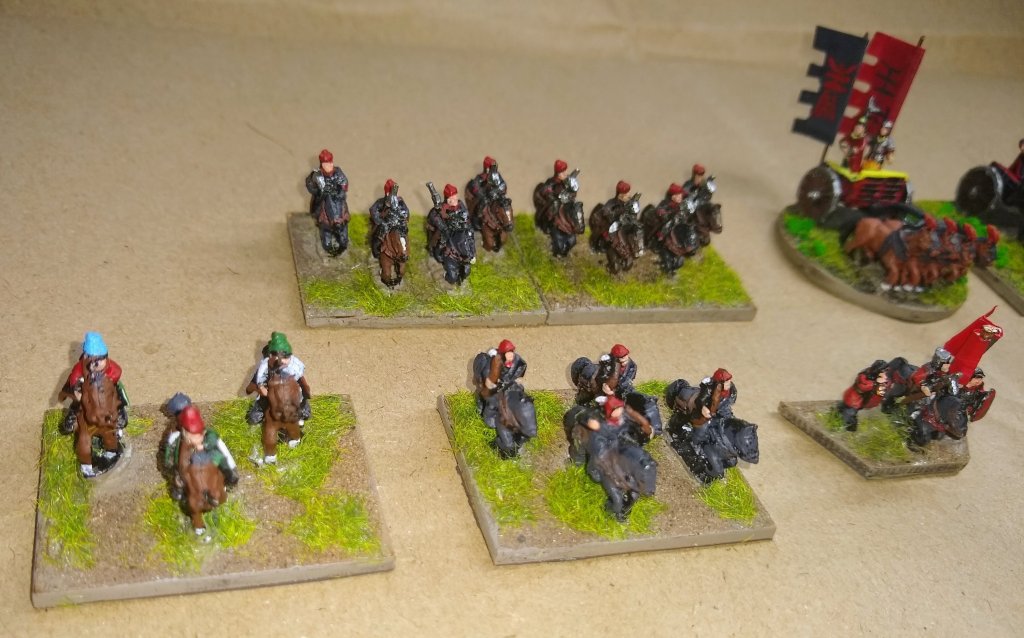

This has been quite a fun army to put together. They’re primarily built around some To the Strongest! army lists I put together, but I’m sure they’ll see action with other rulesets too. I’m actually considering trying them out with my feudal Japanese rules that followers of my blog will know I’ve been working on. While separated by over a millennia and a half, the mixed arms warfare might fit well as suitable proxies.
The next army in this project I’m working on are the main rivals of the Qin, the Chu. This large, cultured state will field a more diverse army than the Qin and is well underway with much of the core infantry units completed.
Thanks for reading,
Matthew
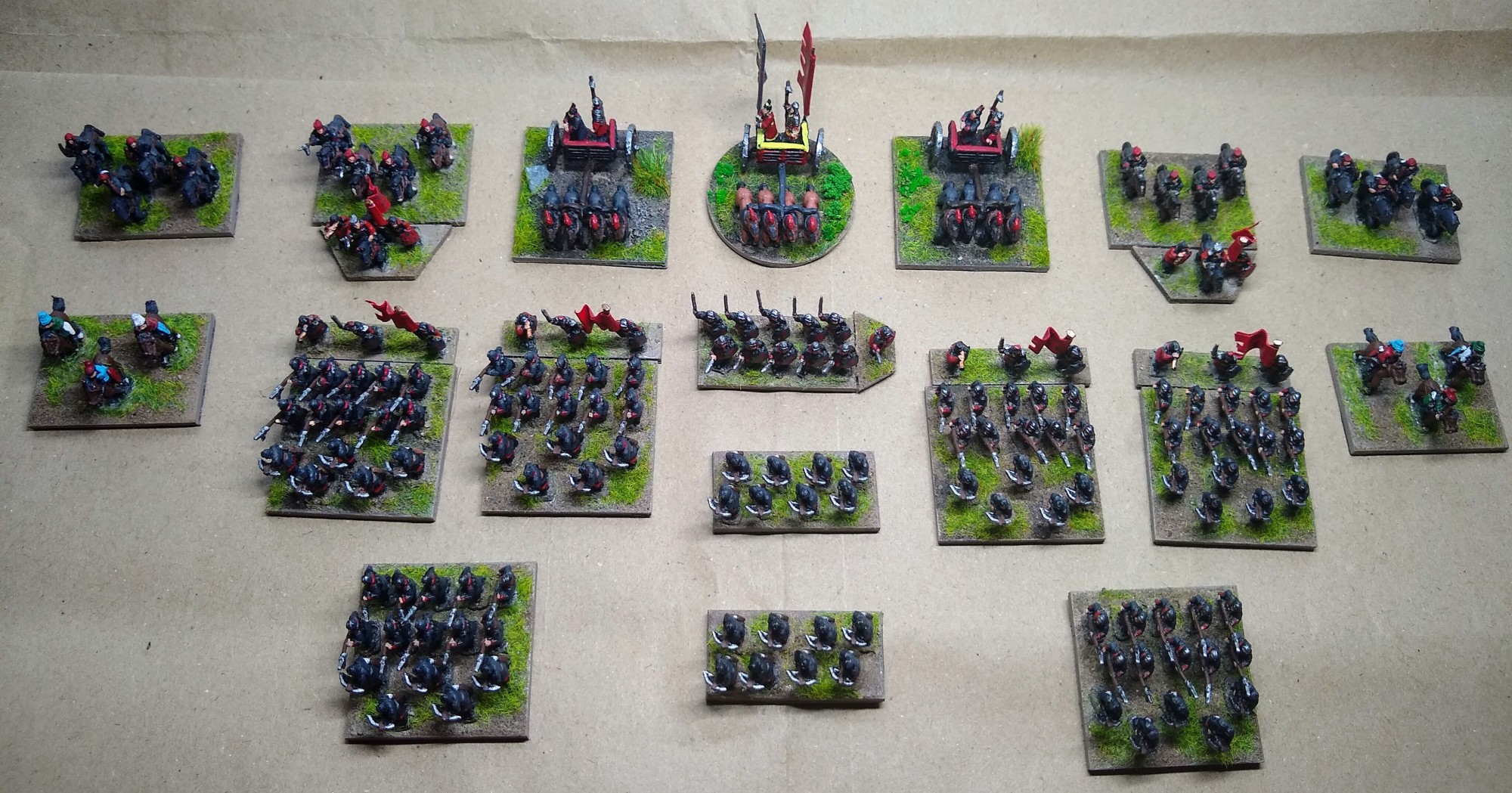
3 thoughts on “Qin Up Chinese”